Bālāsana (Child Pose)
Balasana, commonly known as Child’s Pose, is a restorative yoga posture that promotes relaxation and grounding. This pose, which has its roots in the Sanskrit terms “bala” (child) and “asana” (stance), resembles the fetal position and represents repose and surrender.
It is often used as a resting pose during yoga practice and helps stretch the hips, thighs, and ankles while calming the mind and relieving stress. All skill levels can benefit from Child’s Pose, which is a gentle technique to reestablish a connection with your body and breath.
Table of Contents
Steps of Balasana
In this asana, the body faces the floor in a fetal position. The knees are bent with the shins on the floor. The chest can rest either on the knees or the knees can be spread to about the width of a yoga mat, allowing the chest to go between the knees.
The head is stretched forward towards the ground – the forehead may touch the ground. The arms may be stretched forward in front of the head or backward towards the feet.
Balasana Yoga position video:
Type:
sitting.
Indication of Balasana:
It stretches the back, gently opens the hips, and gives a mild stretch to the shoulders and arms.
It helps to release any gas from the intestines and can relieve constipation.
Contraindication of Balasana
- Should be avoided by pregnant women.
- Knee injury.
- Infection in the stomach.
- Severe spondylitis.
- Injury at the ankle.
Physiotherapy uses:
This resting pose centers, calms, and soothes the brain, making it a therapeutic posture for relieving stress. When performed with the head and torso supported, it can also help relieve back and neck pain. Sometimes used as a counter-pose to backbends, Child’s Pose restores balance and equanimity to the body.

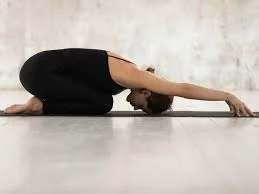
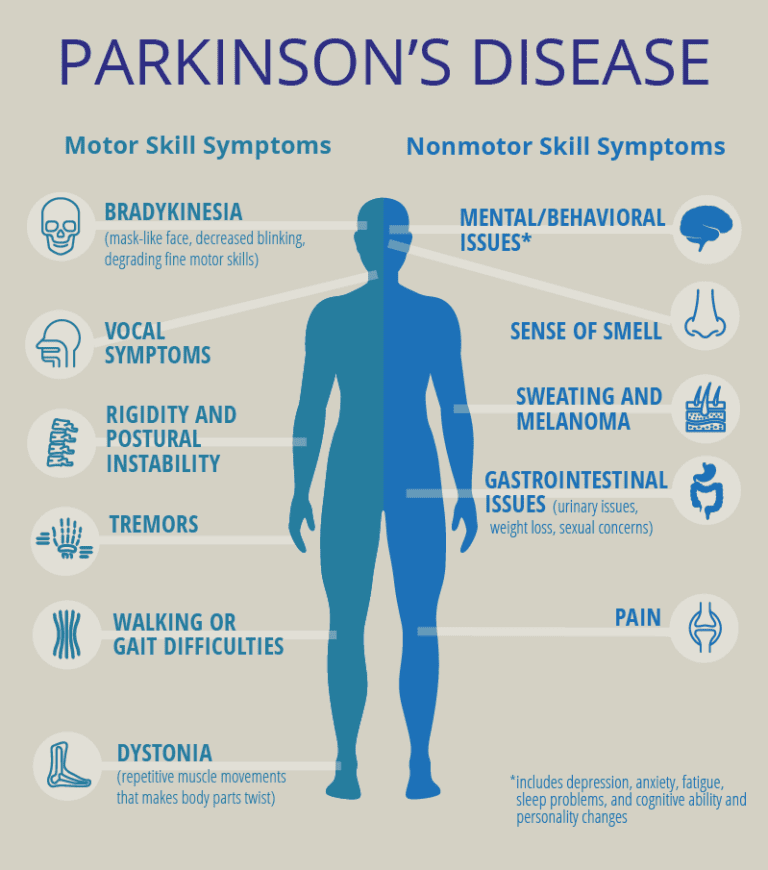
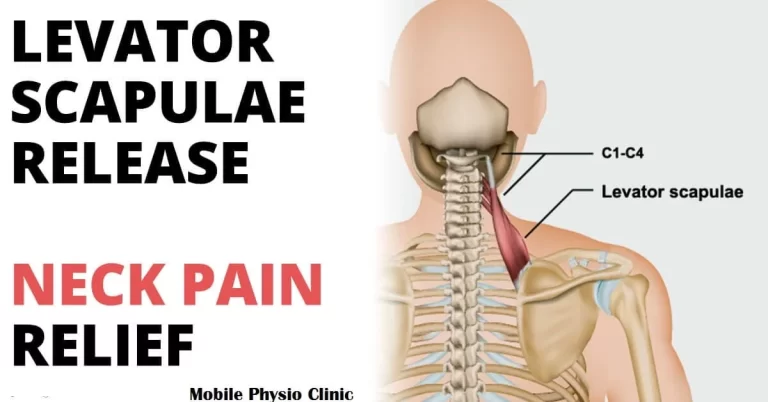
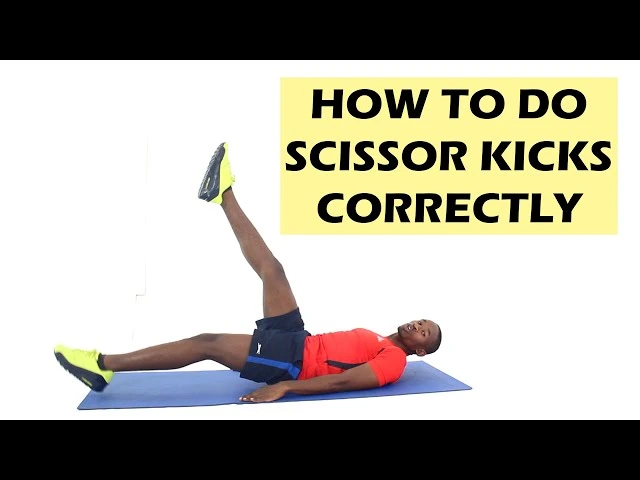

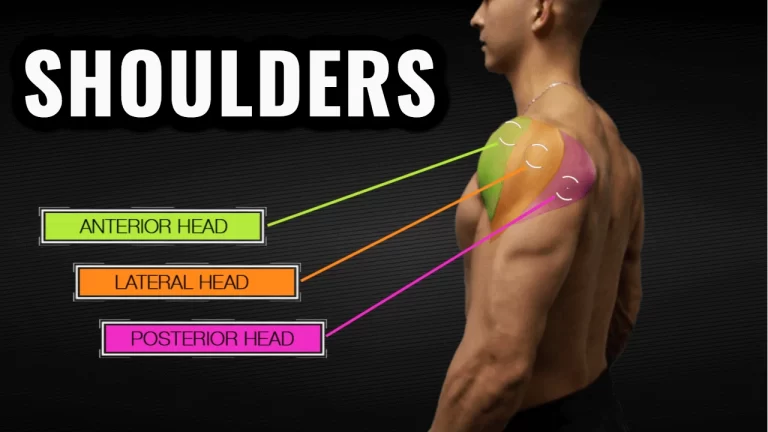
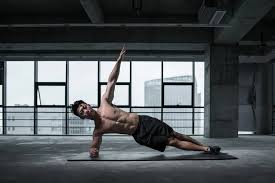
7 Comments